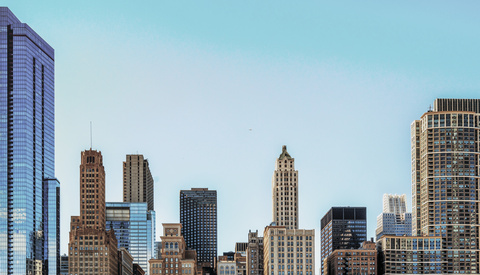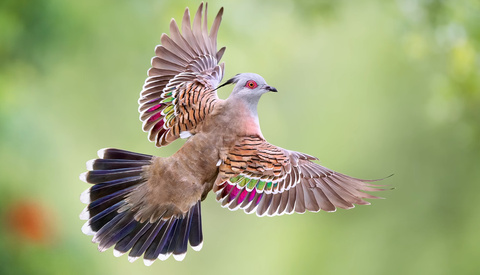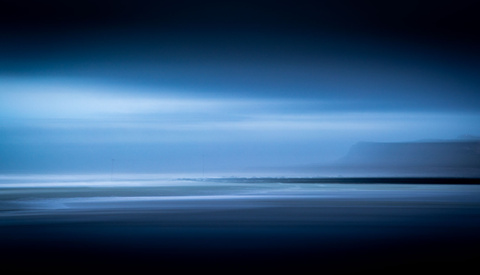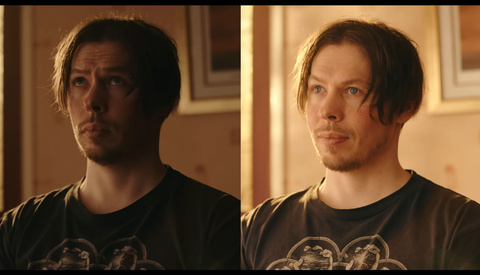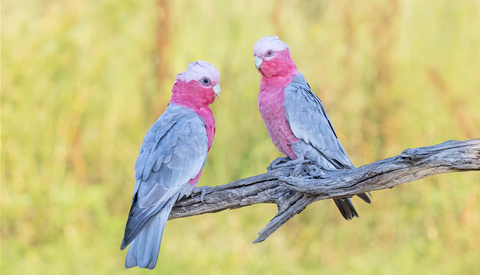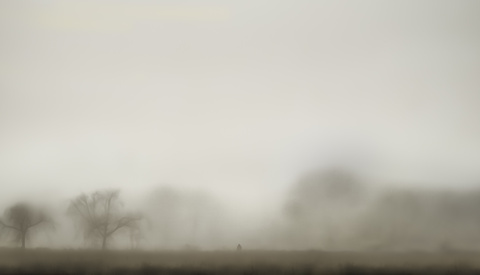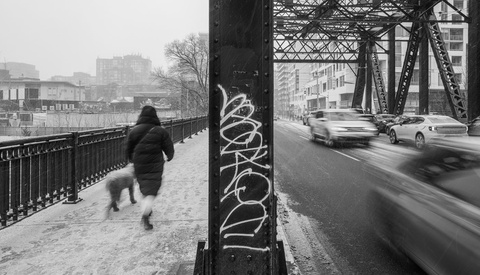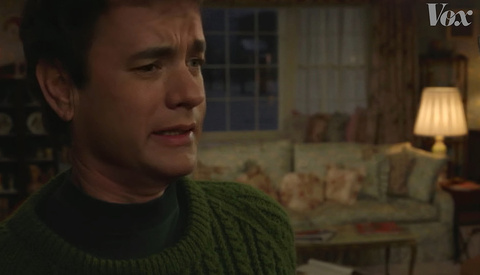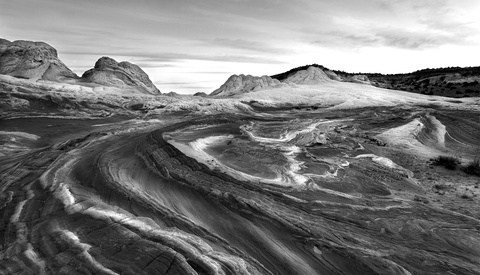Landscape Photography Tips to Take Your Images to the Next Level
Strong landscape photography isn’t just about finding a beautiful location—it’s about how you compose, frame, and time your shots to create something extraordinary. Weather and light can be unpredictable, but knowing how to work with what you have can make all the difference.












